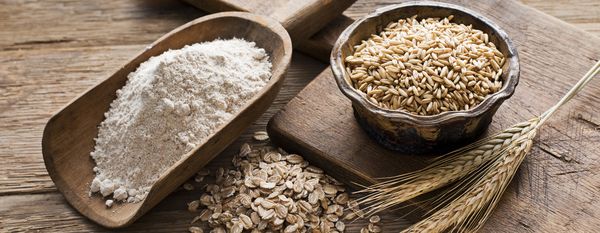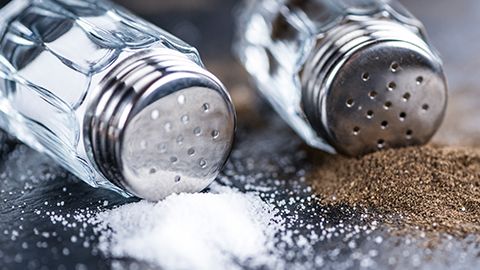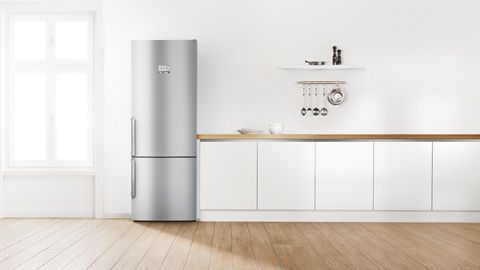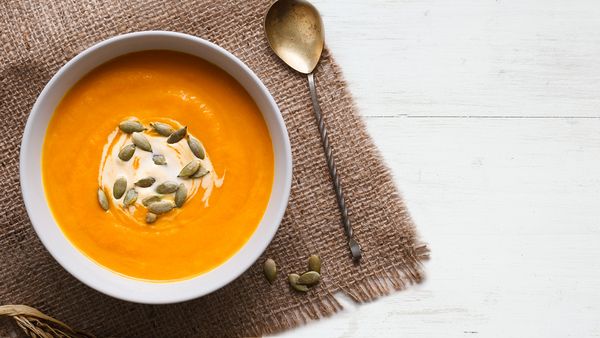Most of us will think of plain white rice when we think of staple grains. Most meals don't seem to be complete without this carbohydrate. However, adding a variety of whole grains to your diet can actually introduce a whole new dimension of flavour and nutrition to your daily meals. Before white rice, the diets of our ancestors were actually more varied, and most consumed a combination of interesting whole grains which are far less common now.
A Quick Guide to Cooking with Grains

Amaranth is a gluten-free, protein-packed "seed" like grain which is about the size of a poppy seed. Taste-wise, it is nutty, malty and fragrant.
Amaranth turns mushy when cooked like rice. If you are not into mushy food, we would recommend roasting, popping or boiling this delightful grain.
You can try toasting amaranth seeds in a hot, dry pan until it pops, like popcorn, making an addictive snack on its own or adding extra crunch on soups or salads. Otherwise, cook ½ cup Amaranth with 1½ cups of apple juice to make a smooth, porridge like sweet breakfast.
Amaranth is also good when cooked with other drier grains like brown rice, adding a lovely sweet nutty flavour. Replace ¼ of the portion of your usual grains with Amaranth for a more nutritious dinner.
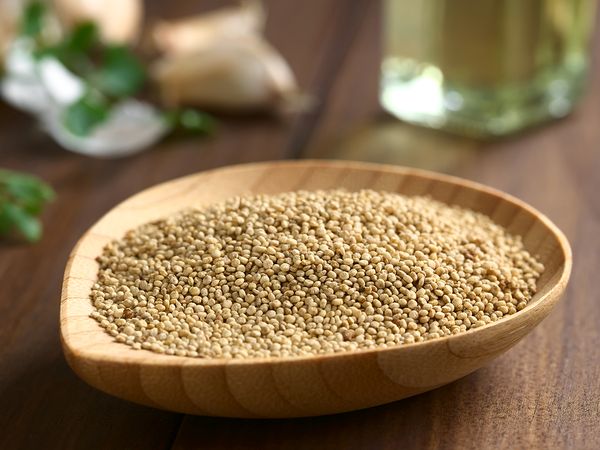
Quinoa, like Amaranth, is an ancient grain that was a staple of the Aztec and Mayan people. However, they both have very different textures. Quinoa is considered a superfood because it is a complete protein source that is high in iron, magnesium and fibre. It is also extremely easy to cook and has a delicious, fluffy nutty flavour that makes it the perfect replacement for high sugar white rice.
When cooking with Quinoa, remember to rinse it as it has a bitter natural coating. Simply cook quinoa as you would cook your rice - for extra flavour, cook it with a sweet chicken or vegetable broth for a simple but amazing side dish to your meats. Quinoa absorbs liquid very well but still stays fluffy, so many like to serve it as a "bed" to roast meats or baked fish.
Cook 1 cup of dry quinoa to 2 cups of liquid. And guess what? You can use your rice cooker to make it even more fuss free.
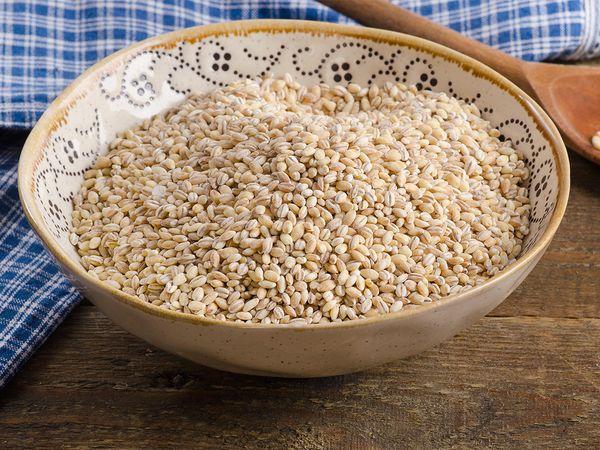
Barley is slightly less exotic than ancient grains, but no less versatile. Besides making barley water with this grain, it is also great in soups because of its chewy, tender consistency. Simply add pearl barley to soups and stews for added texture and nutrition.
Barley is rich in fibre and protein and comes in two forms: hulled and pearl. Hulled barley still retains its bran and endosperm layer. Light brown in colour with a nuttier flavour, it’s considered the healthier option compared to the polished pearl barley.
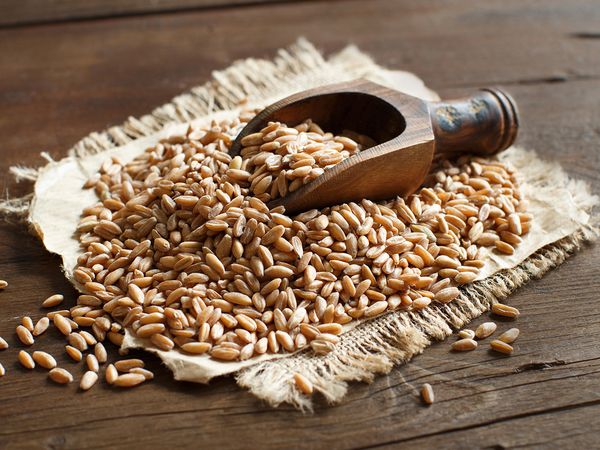
Spelt is really a species of wheat that was replaced by bread wheat as a staple in Europe, but is back in fashion again among health conscious eaters. Spelt is chewy like barley but firmer and nuttier in taste and is fluffy when cooked.
Spelt can be the perfect substitute for rice, so one of the easiest ways to cook it is in risotto with vegetables, cheese and a little lemon juice. Substitute spelt for pasta in salads or pair with a curry to enjoy it at its best. An ideal cooking proportion for spelt is 1 cup of spelt to 4 cups of liquid. If you like a tender, fluffy bite, soak overnight for best results before cooking.
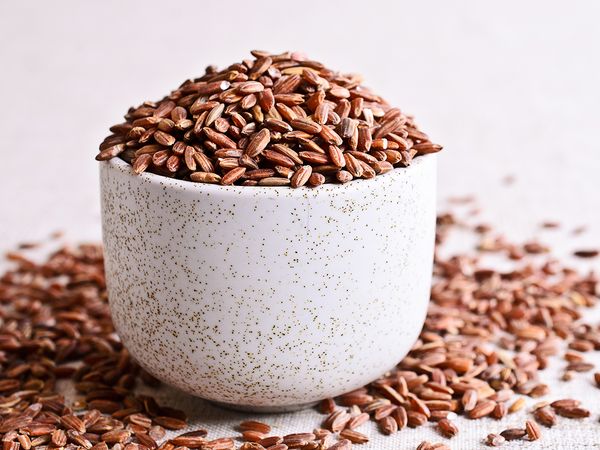
Brown and wild rice are the closest cousins to the white rice variety and probably more familiar to most of us.
Brown rice refers to rice that still has its hull partially left on, which is high in protein and fibre. To introduce this to your diet, cook it the same way as you would for white rice, with a slightly longer cooking time as this grain is harder than white rice. A good estimate would be to cook 1 cup of brown rice to 2 ½ cups of liquid.
Wild rice has a stronger, nuttier taste and is a totally intact grain, with bran, endosperm and germ attached, making it even more nutritious and high in fibre. Cook 1 cup of wild rice to 3 cups of liquid for the right texture.
Because it is such a firm grain, it also does well in turkey stuffing, and lends wonderful flavour to cold salads without turning mushy.
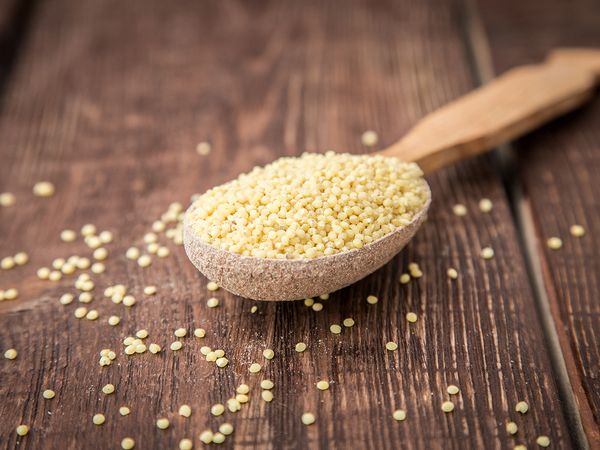
While millet may look like bird food (it actually is!), it is an extremely delicious, light and sweet grain that is so easy to incorporate into your daily meals.
Rich in iron, Vitamin B and calcium, millet tastes a little like corn and is gluten free. It is quick-cooking and perfect if you’re looking for a fuss-free meal. To cook 1 cup of millet, you need 2 cups of water. If you’re looking for a porridge-like consistency, add another cup of water. It should take only 15 minutes to cook, and 10 minutes to fluff into golden, fragrant grains. You can toss raw millet into cookies, muffins, or bread for an extra crunch.
